I think we can all agree that MVNO differentiation is by far the most challenging topic in the virtual operator world. Differentiation is in many ways what will make or break you in terms of investment, time spent and ultimately success. For that reason, I figured I’ll suggest a value proposition that is ripe for disruption by many of the energy companies out there. I’m a massive fan of lean management and know a good synergy when I see one. The energy sector’s got a real shot at shaking things up if they play it smart.
The EU has mandated that all electricity providers must provide flexible rates in 2025 alongside the existing fix rate options. One of the best ways to manage all those smart meters and grid sensors? An MVNO, managed by you.
So, why should an energy company even bother launching an MVNO?
1. Efficient device connectivity:
Managing millions of smart meters, grid sensors, and predictive maintenance devices requires reliable and scalable connectivity. An MVNO allows energy companies to control their own IoT network, reducing dependency on third-party telecom providers
2. Cost optimization:
By owning the network infrastructure for IoT devices, companies can lower operational costs while ensuring seamless communication between devices.
3. Enhanced data insights:
Real-time data collection from connected devices enables better grid management, predictive analytics, and renewable energy integration.
So, how do you make it happen?
1. Specify your unique proposition
Don’t just be another provider. What specific needs are you addressing? Real-time monitoring? Predictive maintenance? Efficiency? Sustainability sells. How does this make renewable energy integration better?
2. Find the right network partner
Aggaregator or direct relationship with an MNO? Depends on the market you operate in. It’s a commodity so make sure you get the best deal financially. However, whom you partner with matters since you want your network partner to support your efforts holistically.
3. Choose the right software vendors
I’ve written about that in detail in this post “How do you ensure MVNOs/MVNEs live happily ever after?”
4. Nail down a solid go to market plan
You probably want to focus on bundling mobile connectivity with existing energy services. Upsell to existing customers or focus on pilot programs etc.
5. Don’t Forget the red tape
Both energy and telecom are heavily regulated industries. IoT devices can be a target so take security seriously.
What’s in It for You s an Energy Company?
1. Improved grid management:
Real-time data enhances grid stability and reduces downtime through predictive maintenance.
2. Customer empowerment:
Smart metering allows customers to track energy usage and optimize consumption, leading to cost savings.
3. Sustainability goals:
Seamless integration of renewable sources like solar and wind into the grid aligns with global sustainability efforts.
If you’re still not convinced, check out the real world example Nova Energy in New Zealand who’s bundled mobile with energy and broadband.
Like that wasn’t enough, the installed base of smart energy meters are expected to reach 326 Million (78%) Across Europe by 2028* which will put even higher requirements on efficient and cost optimised device connectivity.
Guest Blogs are written by carefully selected Experts. If you also want to create a Guest blog then Contact us.
